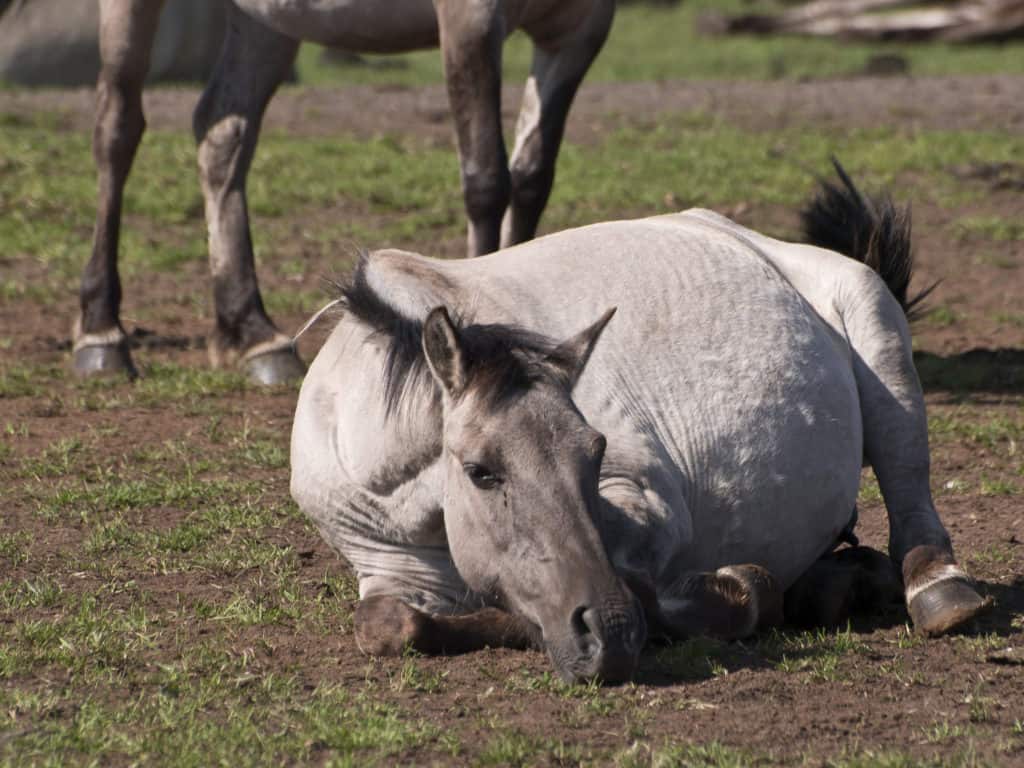
Equine Innovators: West Nile Virus in Horses—Risks, Signs, and Prevention
Horses still face the threat of West Nile virus. Dr. Sally DeNotta shares how it spreads, what signs to watch for, and why vaccination and mosquito control matter every year.

Horses still face the threat of West Nile virus. Dr. Sally DeNotta shares how it spreads, what signs to watch for, and why vaccination and mosquito control matter every year.

Researchers have identified equine infectious anemia surveillance gaps and uneven infection levels worldwide.

A USDA-APHIS investigation traced a multistate EIA cluster to contaminated IV flushes at a Texas clinic. Officials continue IDing and testing potentially exposed horses.

West Nile virus, now endemic on most continents, causes deadly neurological disease in horses, with vaccination remaining the only effective prevention.

Veterinarians administer risk-based vaccines based on a horse’s potential to contract certain diseases.

Slow, progressive exercises help improve a horse’s strength and stability when recovering from this neurologic disease. Read more in The Horse‘s Spring 2025 issue.

Equine neuroaxonal dystrophy (eNAD) and equine degenerative myeloencephalopathy (EDM) both plague the horse’s central nervous system.

Many conditions besides colic can cause coliclike signs. And with colic, delayed treatment or misdiagnosis can have serious consequences. Here’s what you need to know.

New research is shedding light on equine shivers, a poorly understood neuromuscular condition affecting horse movement and performance.

Researchers say bump kinase inhibitors show promise in treating horses with this neurologic disease. Learn more in the Fall 2024 issue of The Horse.

A poor outcome for a horse with EPM demonstrates the complexity of this neurologic disease.

In a first-of-its-kind study, researchers explored the connection between a physeal structure in the neck and wobbler syndrome in horses.

A veterinarian explains why antiprotozoals are unlikely to create resistance among the protozoan parasites that cause EPM in horses.

A slow, steady, step-by-step approach helps veterinarians localize lesions in neurologic adult horses.

Gait-altering conditions such as EPM, wobbler syndrome, and Lyme disease can be tricky to spot and even more difficult to diagnose.

Learn why this antioxidant is important for muscle health and how to supplement it safely.
Stay on top of the most recent Horse Health news with
"*" indicates required fields